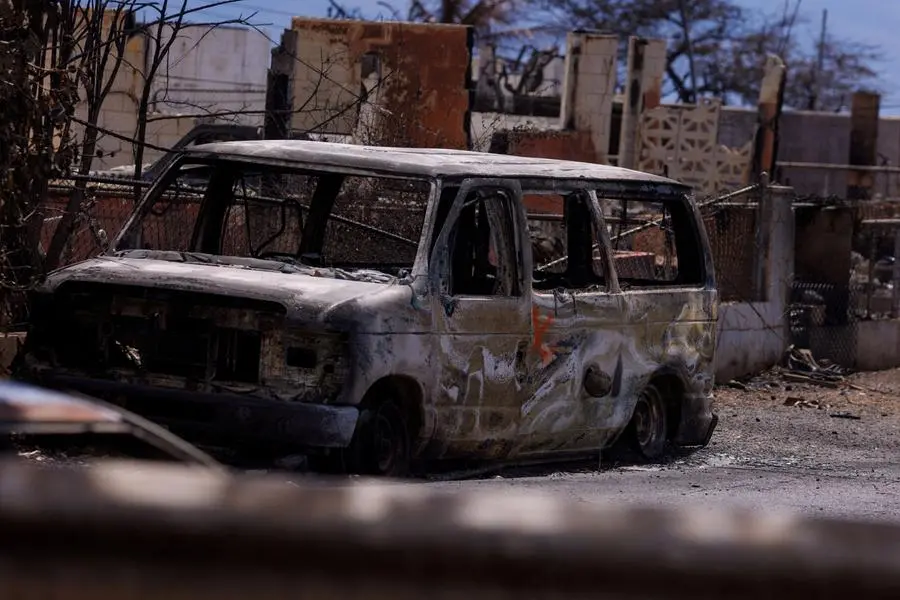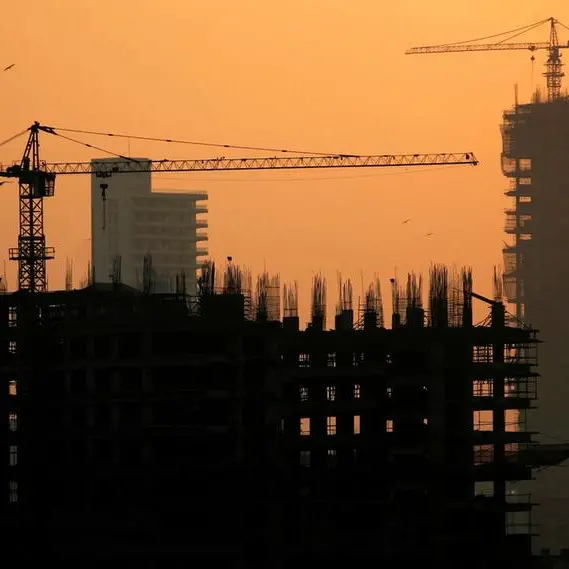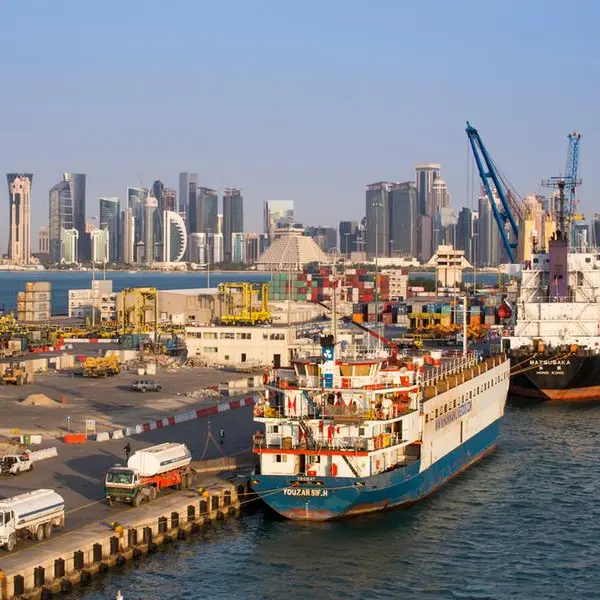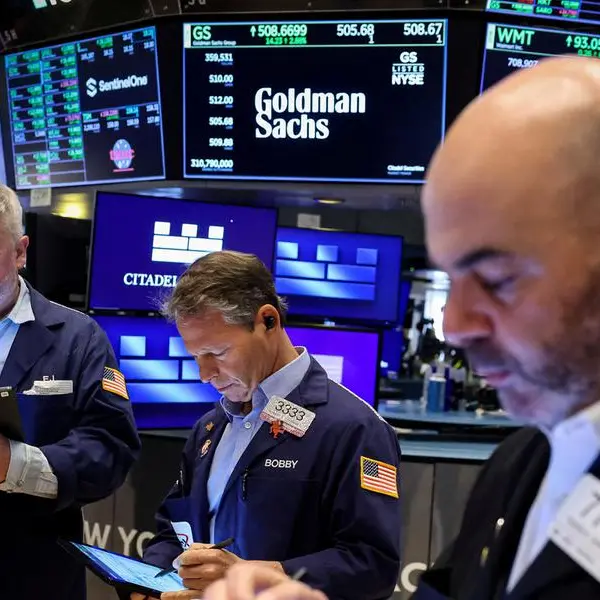PHOTO
A month after a ferocious fire razed a town in Maui, 66 people remained unaccounted for as workers continued to remove toxic debris from the burn site, a process that could take almost a year, Hawaii Governor Josh Green said on Friday.
The official death toll of the Aug. 8 fire that left the historic town of Lahaina in charred ruins still stands at 115 people, a number unchanged in more than two weeks.
Only 60 of those victims had been identified as of Thursday, according to the Maui Police Department.
Officials have said some victims may have been cremated in the blaze, leaving no remains to recover; a final death toll is uncertain, as is the future of the land where Lahaina stood.
Earlier in September, county and federal officials circulated a list of more than 380 people still unaccounted for; by Friday, the list had been reduced to 66 people, the governor said in remarks broadcast online.
While some families wait in limbo, relatives of those confirmed dead face additional difficulties.
Tim Laborte's stepfather, Joseph Lara, was killed in the fire, his body found a short drive from Lara's house in his native Lahaina. Now the family are trying to piece together whether a mortgage is owed on Lara's ruined property and what kind of insurance polices he held.
"His affairs are a mess," Laborte said. "He didn't have a will, he didn't have a trust."
The family have tried to get Lara's remains released from a temporary morgue, but Laborte said they had been told that none would be released until officials were sure the burn area had been cleared of all human remains, and that obtaining a death certificate could take months.
Hawaii's Department of Health, which issues death certificates in the state, did not respond to questions about how officials are certifying the fire's victims.
Survivors of the fire have not been allowed to return to survey the ruins of their homes and businesses, though some have managed to make their way in on brief forays.
The governor said on Friday that residents and business-owners would soon be allowed to go into the burn zone on scheduled supervised visits.
"The ash, we are told, is quite toxic, so we need to be careful," Green said.
The U.S. Environmental Protection Agency and the U.S. Army Corps of Engineers are leading the removal of toxic debris from Lahaina, a clean-up that Green said would take "the better part of a year" and cost about $1 billion.
The state was asking the owners of short-term rental properties on the island to consider renting their properties long-term to people left homeless by the fire, and was speaking with several hotels about leasing their entire properties for the displaced, Green said.
More than 6,000 survivors of the fire are still sheltering in hotel rooms, Green said. The Federal Emergency Management Agency was helping the state provide housing grants and rental assistance for displaced people for the next 18 months, he said.
Lahaina was built along the shore where Maui's western volcano slopes down into the Pacific Ocean, and it was the former seat of the Hawaiian Kingdom before becoming a popular tourist destination. How it might be rebuilt remains unclear.
"The people of Maui must have as much time as they need to heal and recover and will begin to rebuild only when they are ready," Green said. "I want to emphasize this again: The land in the Lahaina is reserved for its people as they return and rebuild."
(Reporting by Jonathan Allen in New York; Editing by Stephen Coates)





















